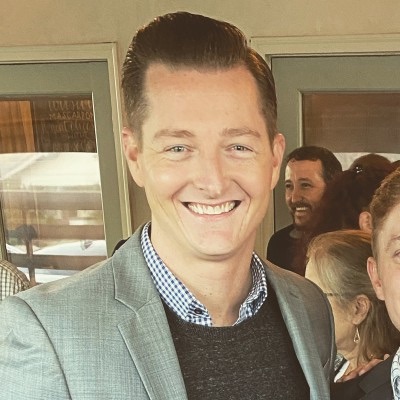141 reads
Developer Spotlight: Brandon Reid
by
September 5th, 2018

Director of Sales @ Preciate Formerly Co-Founder @ Cosmic JS Y Combinator W19 Batch
About Author
Director of Sales @ Preciate Formerly Co-Founder @ Cosmic JS Y Combinator W19 Batch

Director of Sales @ Preciate Formerly Co-Founder @ Cosmic JS Y Combinator W19 Batch
Director of Sales @ Preciate Formerly Co-Founder @ Cosmic JS Y Combinator W19 Batch